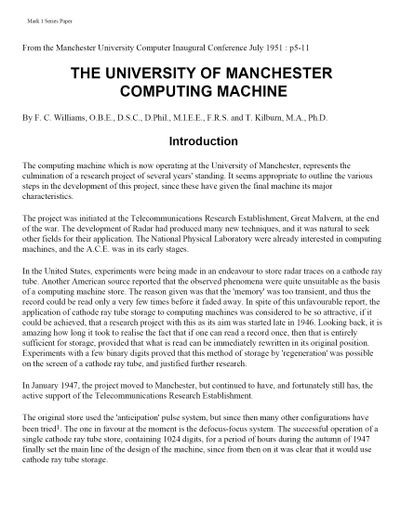
Chess Opening Theory Pdf
. Complexity of a chess game. History of computer chess. Search trees and position evaluation. Minimax: The basic search algorithm. Pruning techniques: –Alpha-Beta pruning –Analyze the best move first –Killer-move heuristics –Zero-move heuristics. Iterative deeper depth-first search (IDDFS). Search tree extensions.
Chess initial positionThe game of is commonly divided into three phases: the,. Intellution software ifix. There is a large body of theory regarding how the game should be played in each of these phases, especially the opening and endgame. Those who write about chess theory, who are often also eminent players, are referred to as 'theorists' or 'theoreticians'.' Opening theory' commonly refers to consensus, broadly represented by current literature on the openings. 'Endgame theory' consists of statements regarding specific positions, or positions of a similar type, though there are few universally applicable principles.
'Middlegame theory' often refers to maxims or principles applicable to the middlegame. The modern trend, however, is to assign paramount importance to analysis of the specific position at hand rather than to general principles.The development of theory in all of these areas has been assisted by the vast literature on the game.
In 1913, preeminent chess historian wrote in his 900-page magnum opusthat, 'The game possesses a literature which in contents probably exceeds that of all other games combined.' He estimated that at that time the 'total number of, and newspapers devoting space regularly to the game probably exceeds 5,000'. In 1949, estimated that the number had increased to about 20,000. And wrote in 1992 that, 'Since then there has been a steady increase year by year of the number of new chess publications. No one knows how many have been printed.'
The world's largest, the Collection at the, contains over 32,000 chess books and serials, including over 6,000 bound volumes of chess periodicals. Chess players today also avail themselves of computer-based sources of information.
Aron NimzowitschMiddlegame theory is considerably less developed than either opening theory or endgame theory. Watson writes, 'Players wishing to study this area of the game have a limited and rather unsatisfactory range of resources from which to choose.'
One of the earliest theories to gain attention was that of, who posited that a premature attack against one's opponent in an equal position could be repelled by skillful defence, and so a player's best bet was to slowly maneuver with the goal of accumulating small advantages. Emanuel Lasker in Lasker's Manual of Chess and Max Euwe in The Development of Chess Style outlined theories that they attributed to Steinitz.Leading player and theorist influential books, (1925), Die (1925) (in ), and Chess Praxis (1936), are among the most important works on the middlegame. Nimzowitsch called attention to the possibility of letting one's opponent occupy the centre with pawns while you exert control with your pieces as in the Nimzo-Indian or Queen's Indian defences. He pointed out how in positions with interlocking pawn chains, one could attack the chain at its base by advancing one's own pawns and carrying out a freeing move (pawn break). He also drew attention to the strategy of occupying open files with one's rooks in order to later penetrate to the seventh rank where they could attack the enemy pawns and hem in the opponent's king.
Another of his key concepts was prophylaxis, moves aimed at limiting the opponent's mobility to the point where he would no longer have any useful moves.In 1952, Fine published the 442-page The Middle Game in Chess, perhaps the most comprehensive treatment of the subject up until that time. The mid-20th century also saw the publication of The Middle Game, volumes 1 and 2, by former World Champion and Hans Kramer, and a series of books by the -German grandmaster: three volumes of Complete, Modern Chess Strategy, Modern, and and in Modern Chess Tactics.Another key turning point in middlegame theory came with the release of Alexander Kotov's book Think like a Grandmaster in 1971. Kotov outlined how a player calculates by developing a tree of variations in his head, and recommended that players only examine each branch of the tree once. He also noted how some players seem to fall victim to what is now known as Kotov's Syndrome: they calculate out a large range of different lines, become dissatisfied with the result, and realizing that they are short on time, play a completely new candidate move without even checking whether it is sound. More recently, Jonathan Tisdall, John Nunn and Andrew Soltis have elaborated on Kotov's tree theory further.In 1999, Watson's Secrets of Modern Chess Strategy: Advances Since Nimzowitsch was published, in which Watson discusses the revolution in middlegame theory that has occurred since Nimzowitsch's time.There are also many books on specific aspects of the middlegame, such as The Art of Attack in Chess by, The Art of in Chess by, The Art of the by Georges Renaud and Victor Kahn, The Basis of in Chess by J. Du Mont, and The Art of Defense in Chess. Endgame theory.